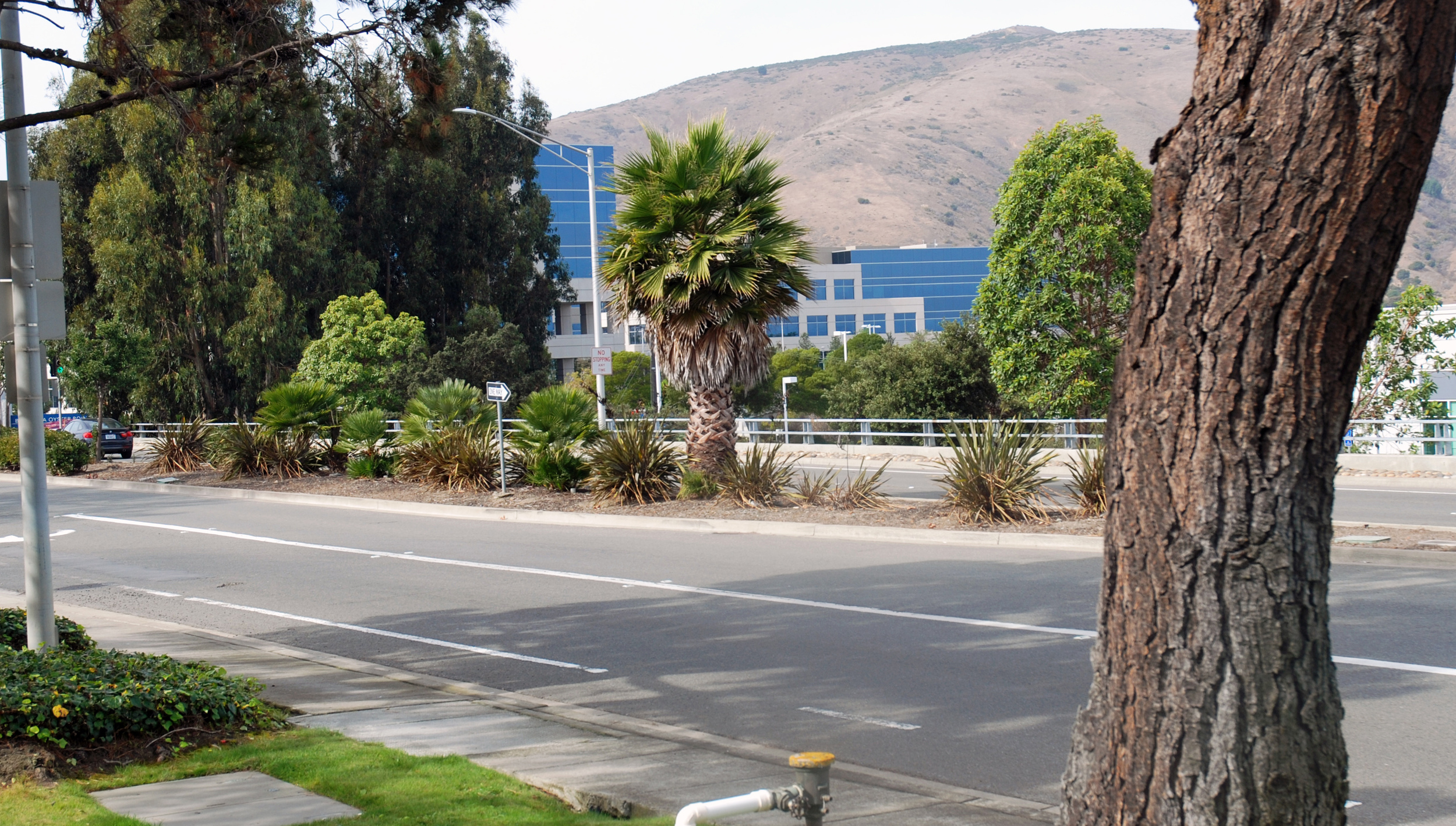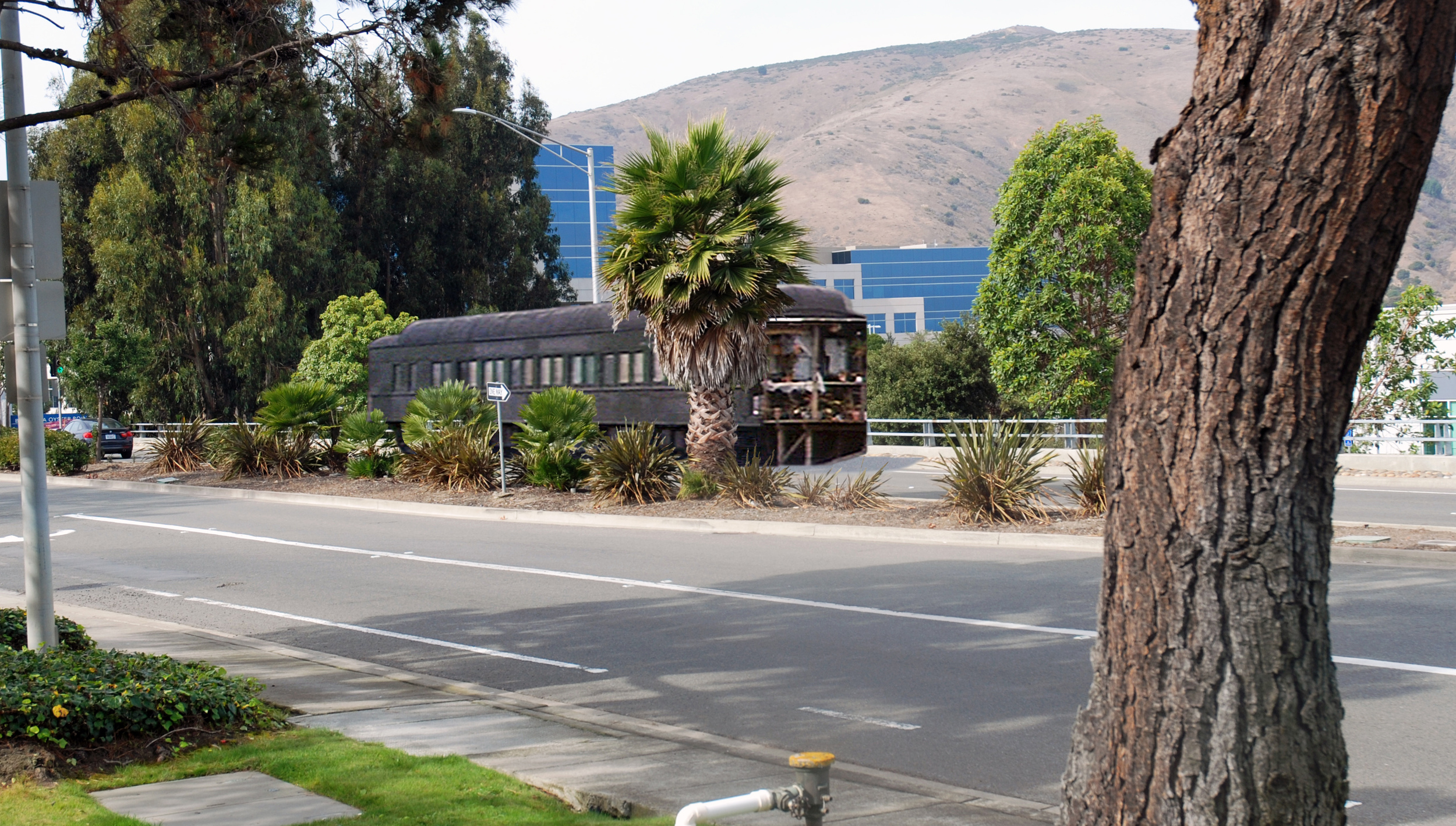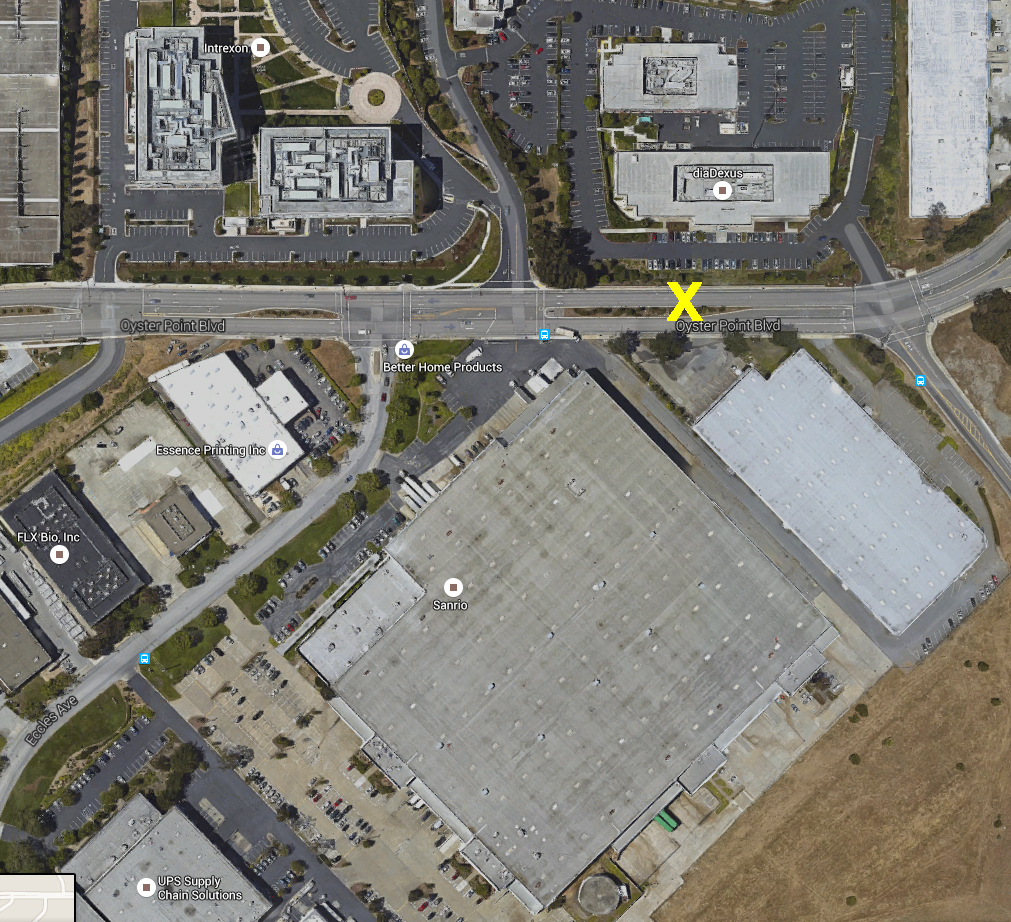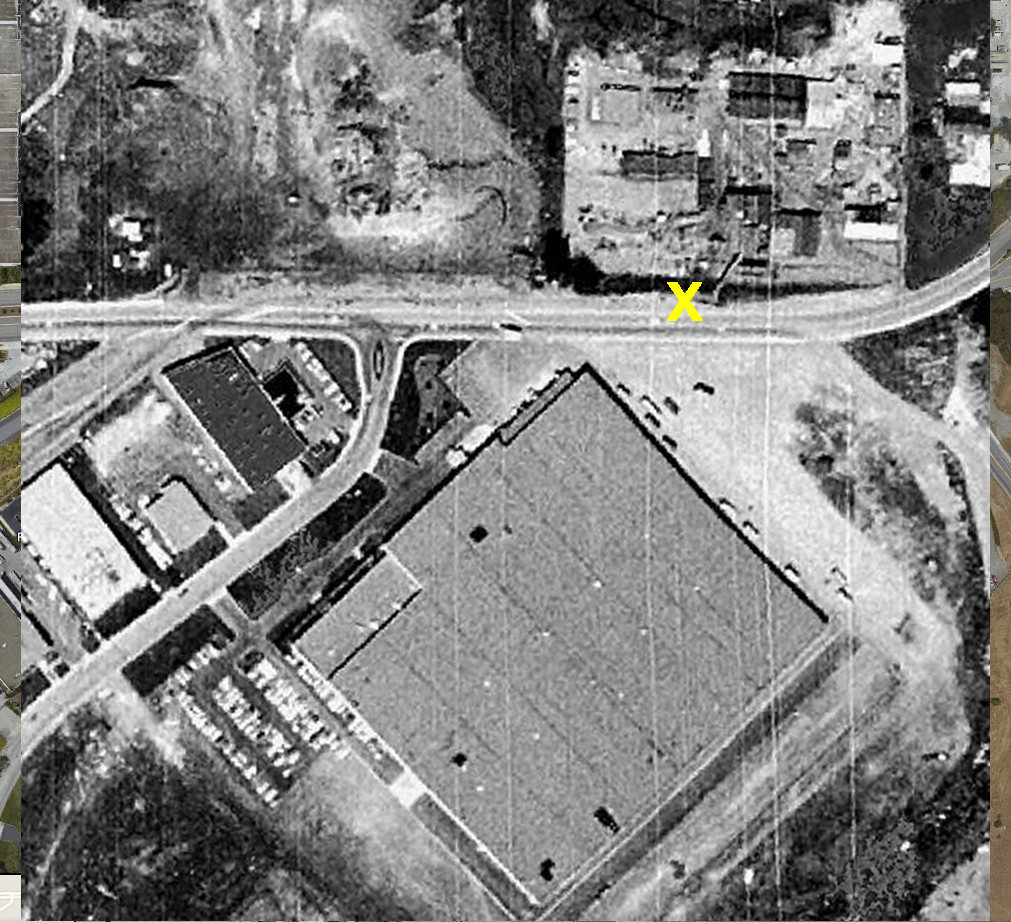Maude lives in a railroad Pullman car parked near Oyster point in South San Francisco. When Harold first steps inside he is amazed by what he sees.
Then... The railcar is chock full of Maude's collectibles, a reflection of who she is. A piano, sculptures large and small, plants, porcelains, pottery, paintings, decorative plates, lamp shades, a smiling corpulent Buddha, a hookah, books, empty picture frames, bric-a-brac of all kinds and much more.
... and Now, the railcar used in the movie was Western Pacific's lounge car number 653 (see the previous post for more information). The car is on public display at the Western Railway Museum located between Fairfield and Rio Vista, California (map). This 2015 photo (and the next one, both courtesy of Hunter Lohse of the Western Railway Museum) shows the car preserved in 1930s style. The multi-paned art deco partitions are in the center of the car . For the movie a faux fireplace, partially visible above, covered the door at the far end of the carriage.
Then... In this view from the opposite direction Harold and Maude stand next to a piano beyond the sculpture. There's a round dining table on this side of the central glass partitions and Maude's bed with peacock headboards is in the left foreground.
... and Now, at the Railway Museum, the same view today.
Then... Maude sits at the piano and treats Harold to an impromptu rendition of If You Want To Sing Out, Sing Out. (Watch it here, or listen to Cat Stevens' version - he composed the song for the movie - here).
... and Now, Maude had a stained-glass window on the left side of the partition wall, above, but the original car has plain glass panels.
In this scene by the fireplace at the bedroom end of the car she pauses damp-eyed while reminiscing about her husband Frederick, a doctor in Vienna. A later glimpse of a tattooed number on her arm suggests she had been imprisoned in a concentration camp; perhaps Frederick was a Holocaust victim? This might explain why Maude embraces life so passionately, and why she has no time for convention or authority.
Oh, and in case you were wondering what that gadget is on the left? ... it's Maude's "olfactory banquet" ... a device that delivers an aromatic experience to the user. Watch the movie for a demonstration!
Maude's home is rather unusual, to say the least. She lives in a Pullman railroad car. There were many scenes filmed at the car from which CitySleuth chose examples for this post, revealing the location, and the next post, focusing on the interior.
Here's an undated photo of the railcar used in the movie. Originally built by Pullman in 1913 as a sleeper, it was converted in 1931 to a buffet lounge car and given the number 653. For the next 34 years it saw service with Western Pacific until being retired in 1965 - for a time it was part of the Exposition Flyer that ran between Chicago and Oakland via the Sierra Nevada mountains by way of the Feather River Valley. It was acquired in 1966 by the Western Railway Museum in Solano County, California (map) where it is still on display. The moviemakers leased it from the museum and transported it by rail to the end of a spur line in South San Francisco for the filming.
Then ... Harold's hearse-ified Jaguar is parked alongside the railcar on the north side of Oyster Point Boulevard, South San Francisco, between Eccles Avenue and Gull Drive (map). An added covered patio serves as a convenient entry.
... and Now, Oyster Point Boulevard was previously named Butler Road; the roadside spur line was removed when the road was widened into a divided highway and renamed. What if the railcar could be returned to the same spot? ... click to bring it back.
Then ... CitySleuth was able to estimate the railcar site by triangulation from two of the exterior shots. First, as Maude is helped up to the patio we see, across the street, a building which is still there.
... and Now, the same building, viewed from today's median.
Then ... And second, to the left of that building, across from Maude's mailbox, there's a hydrant and an empty lot.
... and Now, an office building has since been built on the lot but the hydrant is at or very close to the same place, serving as a point of reference.
The roadside rail spur is shown on this USGS map: rail tracks and buildings that were there in 1956 are shown in black. Added structures as of 1979 are shown in purple, including both buildings described above across the road from the arrow pointing to where the railcar was.
CitySleuth also created this aerial overlay of Then (a 1968 image) and Now (a Google Earth Image) of the railcar location. Click the image to toggle between 1968 and Now. X marks the spot.
Then ... When Harold drives away from the railcar (it's on the right), the railroad crossing ahead is for the spur line track where it crosses the road as shown on the map above.
... and Now, no tracks cross today so there are no crossing signs - they would have been just past the Eccles Avenue junction. The building at far left across the median is the same as the one above, and new offices - the green building - have since been built next to it.
Jake thinks Henry Camerero could be the killer they are looking for but his supervisor doesn't agree, accusing him of bearing a grudge because he couldn't pin down Camerero for a previous murder. When Jake asks Larsen to tail Camerero, against the supervisor's orders, they get into a good old-fashioned shouting match in the parking lot at the Hall Of Justice.
Then ... But Larsen relents and Jake takes him to the Financial District where Camerero works, to point him out.
... and Now, this is One Embarcadero Center, newly completed shortly before the movie was filmed - three similar high-rise office buildings were added to the Center over the following years. This view is from the corner of Sacramento and Front (map). (Incidentally, One Embarcadero also appeared several times in the 1974 movie The Conversation).
Then ... The camera pans down to show them walking west along Sacramento towards the building's south entrance.
... and Now, the entrance awning has been redesigned, retail stores have replaced the alcoves at right and several new buildings have since been built across and down the street.
Then ... They enter from Sacramento Street through an arcade-like tunnel, an architectural feature referred to as a 'people-scoop'.
... and Now, for some reason the tunnels have been removed. Across the street the site of Kielty and Dayton Stationery, on the right above, has been claimed by the 353 Sacramento office building.
Then ... A balcony alongside the footbridge spanning Clay Street at the north side of One Embarcadero (map) proves to be a good vantage point to look out for Camerero - his real estate investment office is in this building.
... and Now, a sign advertises a Landmark Theaters cinema that has since been opened at the Center.
They watch as Camerero, flanked by two colleagues, approaches the Battery Street junction on Clay. From now on he's a marked man.
Mama has received a telegram - Uncle Chris is dying. She calls her three sisters and they all meet at a train station for the trip to his ranch in Northern California. She brings Katrin along; she is intimidated at the prospect of seeing someone die but tells herself that if she wants to be a writer she needs to experience everything.
Then ... The Sausalito sign can be seen at the end of the platform. This would indeed be where San Franciscans would have gone, by ferry, in 1910 to catch a train directly north...
... but this scene was filmed at the RKO Encino Ranch in the San Fernando Valley, pictured here in a 1947 photo. RKO's backlot ranch had three working depots; this one was known as the Brick Railroad Station. The RKO ranch was sold to developers in the 1950s and became the Encino Village subdivision (map).
Note that the train in the Then image above was pulled by Engine No. 29. This same one, or a renumbered contemporary, today provides scenic rides from Carson City to Virginia City in Nevada; the climb to 6,150 feet elevation guarantees spectacular vistas along the way (see it here in a promo video). Here it is in a 2010 photo (photo credit: Drew Jacksich).
The sisters, full of trepidation, arrive at the ranch house - Mama leads the way
Then ... It's a modest place, a little run down. This house and the barn in the background above were part of a working ranch, the Morrison Agoura Ranch in Agoura Hills 7 miles west of the RKO Encino Ranch. Many movies were filmed here before the ranch was broken up in the 1960s. The eastern portion has been developed into housing but the western part, where these buildings were, is still open land (map).
... in 1949 ... The scene below from the movie The Red Pony was filmed at this same house a year after I Remember Mama was released. These ranch buildings however are no longer there.
As Uncle Chris lies dying he reveals to Mama that his housekeeper Jessie is actually his wife - left unsaid over the years because it was not the thing to do amongst his society. He also admits that he has no money to pass on - Mama learns soon afterwards that it was because he had spent all he had on operations for crippled children including his niece Sigrid's young son Arne. A man of bluster but a heart of gold. His last request is that Jessie should get his house.



